Triangles, spheres, boomerangs, and fireballs.
For decades, people have reported seeing UFOs of all shapes and sizes in the skies over Southwestern Ontario. Since 1991, Winnipeg-based Ufology Research has recorded 153 UFO sightings in Windsor and Essex County, including five in 2022.
There have been 328 sightings since 1989 in the London region, including six last year.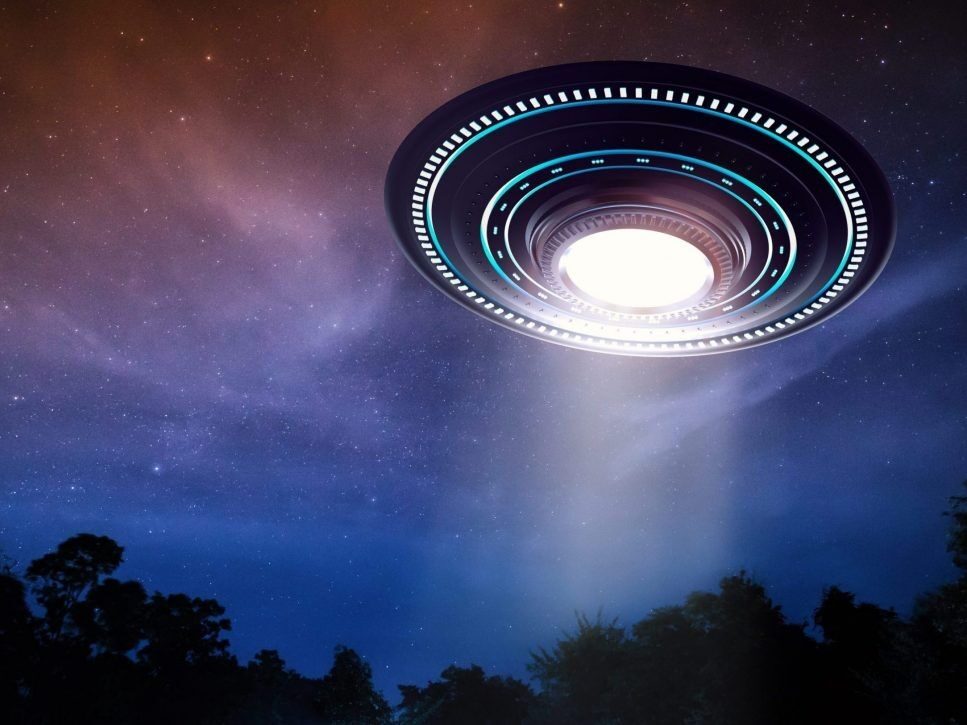
© PHONLAMAIPHOTO / ISTOCK /Getty ImagesA rendering of an alien spaceship or UFO in the sky.
Chris Rutkowski, a writer and researcher with Ufology Research, said those sightings likely weren't alien-related. Of course, there's no way to know for sure.
"We've always been interested in the possibility of, 'are we alone in the universe?' " said Rutkowski, who has been investigating UFOs since the 1970s. "Are there other creatures like us or intelligent beings? We try to put our own lives in some perspective. There's a little bit of saviour mentality. Maybe the aliens can help figure a way out of the mess that we've made of Earth. If they've travelled all around the galaxy, maybe they're much more intelligent and have learned some of the lessons we still have to learn. So there's a little bit of that. But I think it's more we just want to know. Some reassurance that we're not alone."
Ufology Research has recorded 24,000 separate Canadian cases of UFOs, also called unidentified aerial phenomena (UAP), since it started collecting and analyzing data in 1989. There were 768 recorded UFO sightings across Canada in 2022.In January 2022, a person in Windsor saw a "huge V-shaped formation of lights" fly over them before vanishing. In September, someone in Windsor saw an object that looked like "a big pill with lights all over the bottom." The last reported local sighting in 2022, described as some "stationary" and "vertical" comets, was on Dec. 21 in Essex.
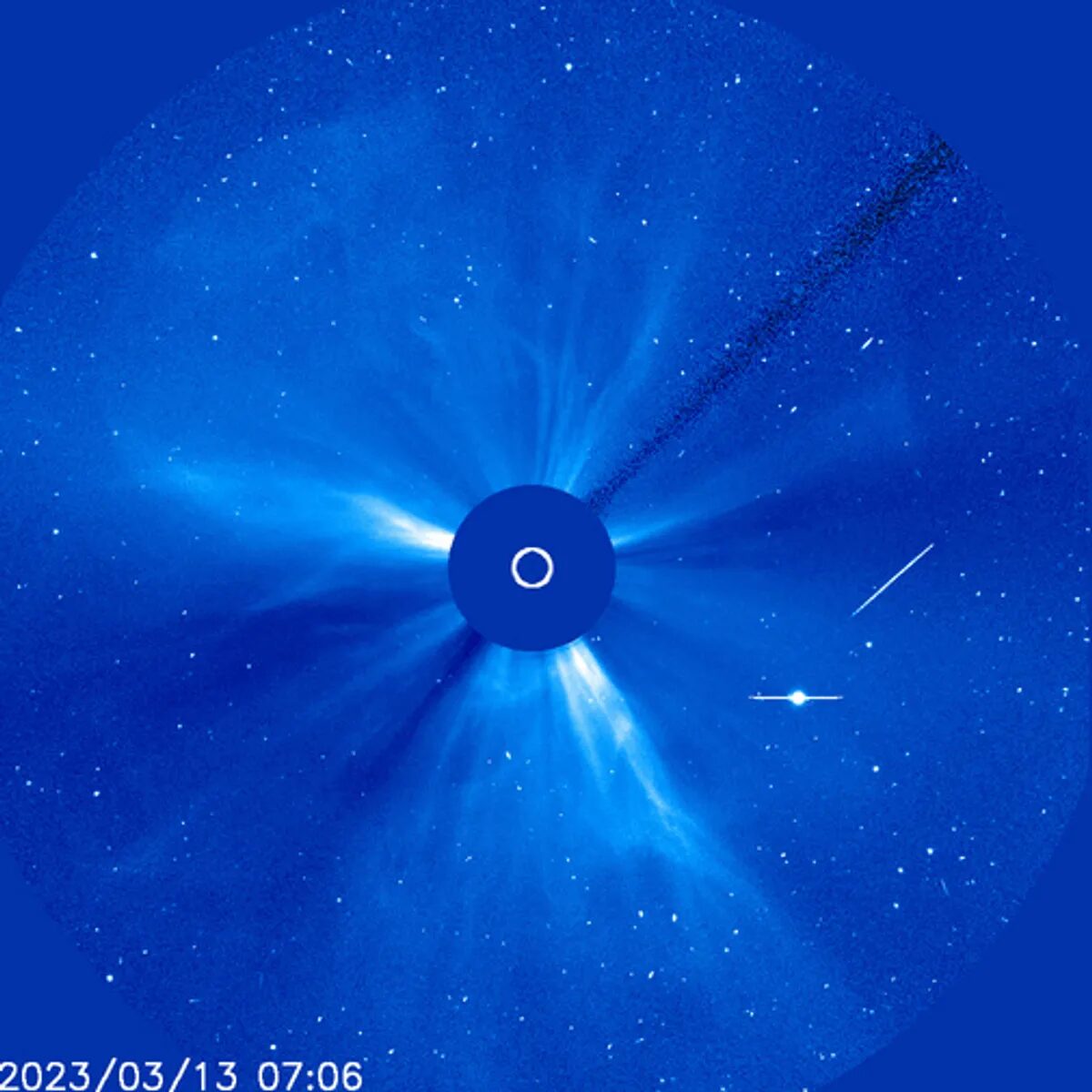
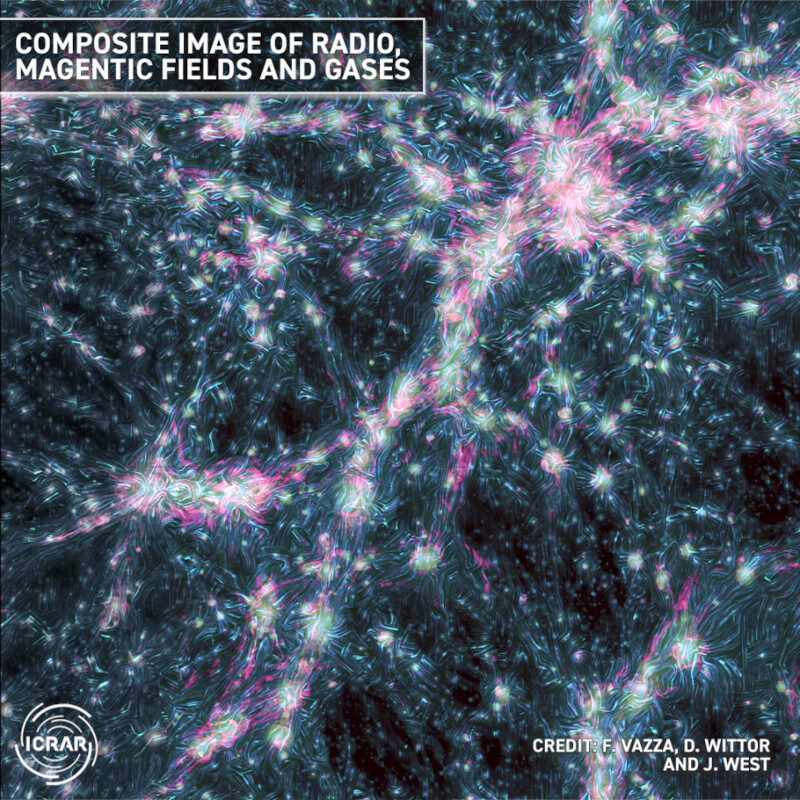
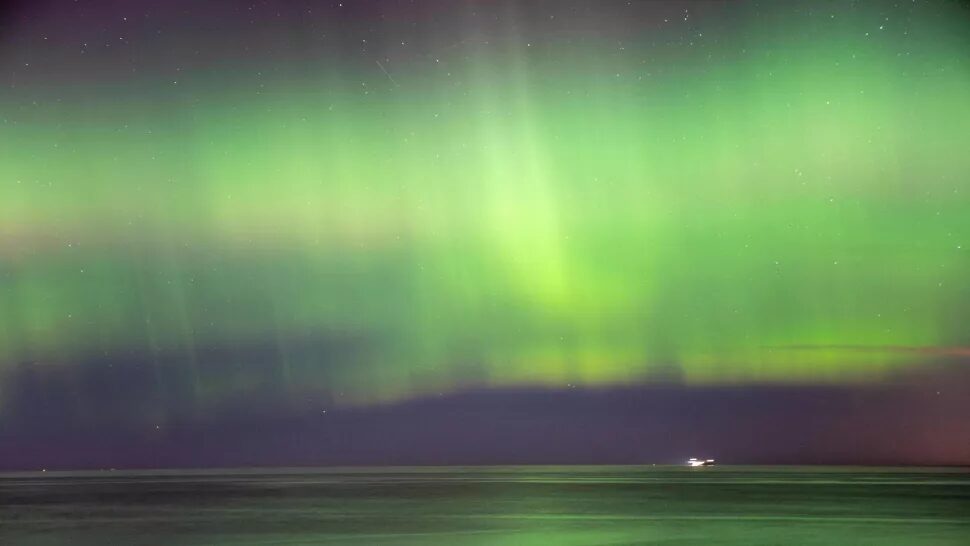
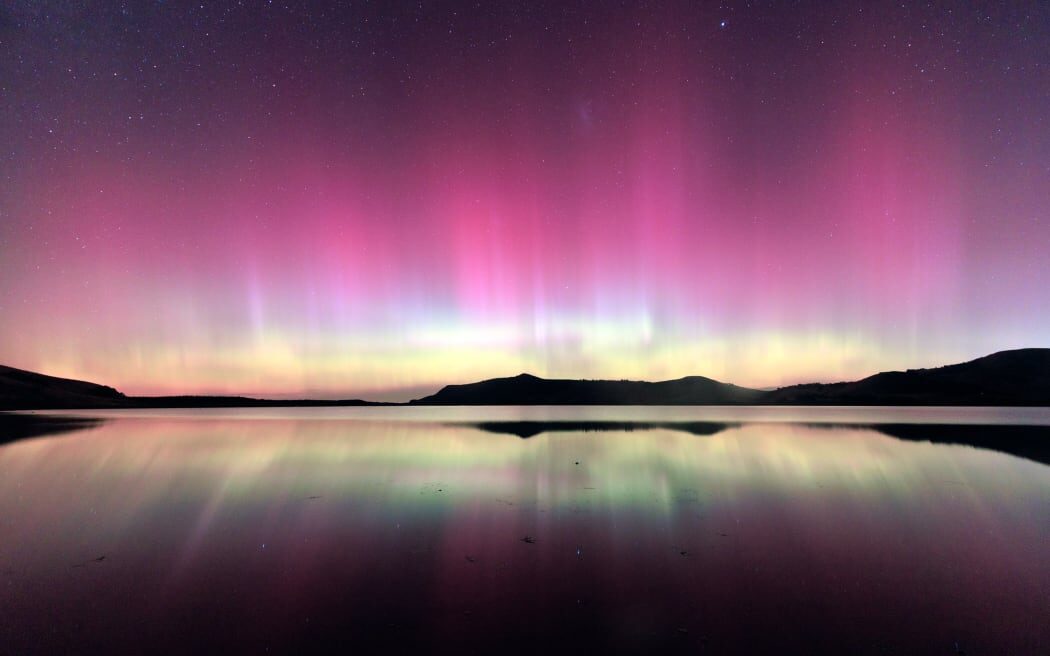
Comment: Footage from New Zealand:
View also: Auroras shine unusually far south in the US amid strongest solar storm since 2017